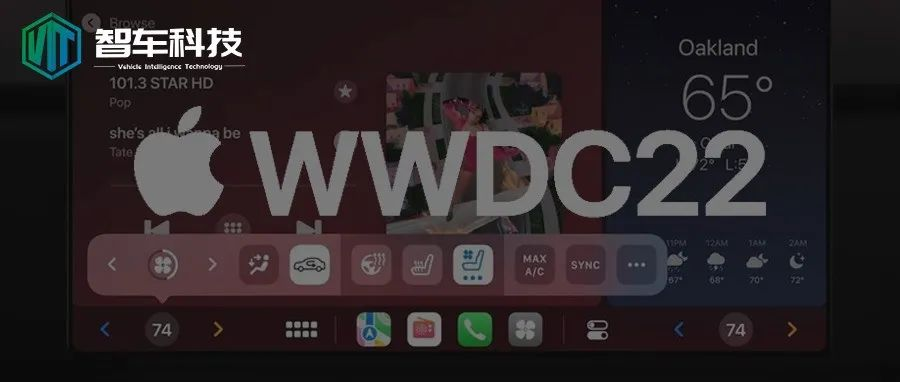Author: Zhang Chi
Introduction
At this year’s Worldwide Developers Conference (WWDC), Apple’s electric car project, which everyone was most concerned about, did not announce any progress or reveal any details. Apple is very conservative and cautious in its car-making project. Apart from the brand new iOS system, Apple’s biggest highlight is the new generation CarPlay automotive interaction system, which gives people a fresh feeling, but Apple’s advantages may become the biggest obstacle to CarPlay.
The biggest feature of the new generation CarPlay system is its integration with the entire vehicle system, especially its compatibility with all display sizes, which has become the biggest highlight of the system. Through deep integration with the in-car system, CarPlay has upgraded from an app to an intelligent cockpit. Compared with the previous interconnectivity between mobile phones and car infotainment systems, it has undoubtedly taken a big step forward.
Specifically, CarPlay has the following features:
-
Considering that vehicles now often have multiple display screens, CarPlay can cast various products to multiple screens, including the instrument panel, center console screen and entertainment display screen.
-
CarPlay can directly control car hardware such as radio, air conditioning, and seats.
-
In terms of data display, CarPlay can display vehicle operating data in real time, such as speed, fuel consumption, battery level, temperature, and other information that can be displayed on the instrument panel, as long as the automaker open the relevant interfaces.
-
Of course, users can also customize relevant interfaces according to their preferences, and it is logical to introduce apps from Apple’s App Store.
Apple’s advantages may become the biggest obstacle to CarPlayThe advantage of Apple lies in the huge customer base it has accumulated in the field of mobile phones or iPads. According to Apple, 98% of cars in the United States can use CarPlay, and 79% of American consumers say they will only buy cars that support CarPlay. This is Apple’s proud capital, but also its burden for advancing. It is precisely because of the huge customer base that major car manufacturers will be particularly guarded against Apple. In order to meet the needs of users, automakers will map Apple’s CarPlay on the central control panel, but if they want to go further and open up various interfaces of the whole vehicle to CarPlay, they need to carefully consider it. Even if many automakers are willing to open in the short term, it is difficult to guarantee that these models will still open related interfaces on the next generation of new products. After all, no OEM is willing to become an Apple vehicle OEM.
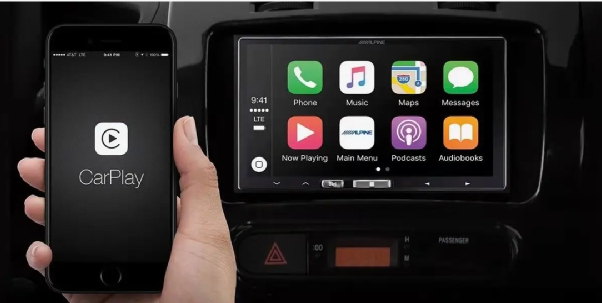
Apple Needs to Speed Up Its Car Manufacturing
In addition, for Apple CarPlay, there are also two competitors: HarmonyOS and Android systems. Android has already won many automakers’ customers, so for Apple CarPlay, in addition to the in-house system developed by the mainframe factory, Android and Huawei, which have the ability to develop operating systems, will also pose a significant challenge to Apple. Especially for domestic new force automakers, the car networking operating system they build based on the Android system, although the performance is difficult to catch up with CarPlay in the short term, but with the accumulation of a large amount of customer data, it also has a foundation for continuous optimization in the later stage. In this case, CarPlay will be more of an alternative solution for automakers or just a configuration for Apple loyal fans. At best, it can achieve better mapping function than ordinary smartphones, and it is not easy for CarPlay to truly enter the field of mainframe factories. Therefore, the initiative of the car networking is firmly controlled by the automakers themselves.
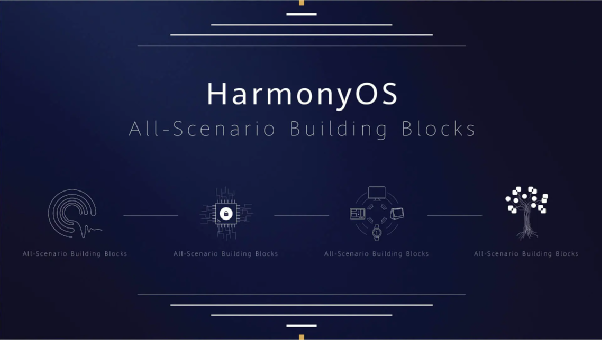
So the next step for Apple is to start its own vehicle project. As a car manufacturer, of course, it has the highest say in choosing suppliers for its own products. That is to say, Apple’s accumulations in the field of car networking and even autonomous driving can be deployed to its own cars without any obstacles, and it will no longer need to rely on others.If we consider the number of fans Apple has worldwide, it should not be difficult to reach a certain level of sales. However, despite being involved in the car manufacturing industry for years, Apple’s car project has yet to be successful. The company’s main contract manufacturers in China, Foxconn and Luxshare Precision, have already ventured into the automotive industry, possibly in preparation for partnership with Apple. Furthermore, Apple has reportedly had several talks with Hyundai and other Japanese and Korean automakers, hoping to outsource production to these companies. But in the end, no such agreements were reached, indicating that the Apple car is still far away from becoming a reality.
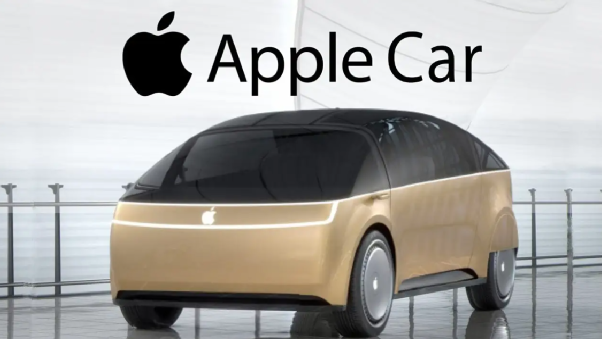
Potential Chip Powerhouse
In addition to vehicle operating systems such as CarPlay, Apple is also knowledgeable in the field of chip design. Both the A-series chips that have already achieved automotive-grade capability and the more powerful M-series chips are similar in structure to the SoCs used in smartphones, which are similar to self-driving car chips at their core. Thus, in the future, Apple could offer chips to automotive manufacturers, taking on a role similar to Qualcomm and Nvidia. However, the company did not have the capacity to offer chips to other companies in the past. If Apple hopes to enter the intelligent electric car industry, especially if it aims to stand firm in the market, starting with high-performance cockpit chips is definitely a good entry point.

Being a hardware provider for the industry undoubtedly raises significant questions for companies such as Apple. After all, from their perspective, they hold a 60% share of the worldwide market for high-end smartphones (above $400) and their market value is self-evident. Thus, it is likely that offering a complete, integrated software-hardware solution will be Apple’s preferred option. This method would not only generate greater profit but would also enhance their appeal in the intelligent electric car field. However, Apple might not even need such an appeal in the industry anymore.
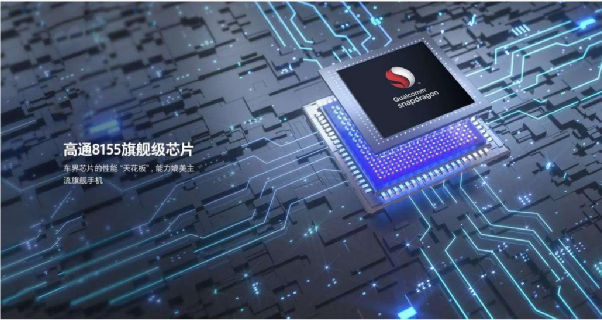
Compared to his predecessor, Steve Jobs, Tim Cook is undoubtedly more conservative. Therefore, although Apple’s car value and profitability may have taken big steps forward over the last few years, there has been a scarcity of revolutionary products available from the company. When it comes to the car manufacturing project, Apple does not seem to be in a rush nor desperate. The next step will depend on whether Apple decides to bring its car project to fruition. After all, Apple’s involvement in the auto industry would mean more than just billions of dollars in investment; it could mean a fundamental shift in the company’s strategic focus.# 这是一个标题
这是一段普通的文字,中间有一些 <html> 标签。
print("Hello World!")
下面是一张图片:

这是一个链接,链接到 example.com。
这是一个引用。
- 列表项目一
- 列表项目二
- 列表项目三
- 有序列表项目一
- 有序列表项目二
- 有序列表项目三
| 表格标题 | 表格标题 |
|---|---|
| 单元格 | 单元格 |
| 单元格 | 单元格 |
英文 Markdown
This is a heading
This is a paragraph with some <html> tags in between.
print("Hello World!")
Below is an image:

This is a link to example.com.
This is a blockquote.
- List item one
- List item two
- List item three
- Ordered list item one
- Ordered list item two
- Ordered list item three
| Table header | Table header |
|---|---|
| Cell | Cell |
| Cell | Cell |
This article is a translation by ChatGPT of a Chinese report from 42HOW. If you have any questions about it, please email bd@42how.com.
